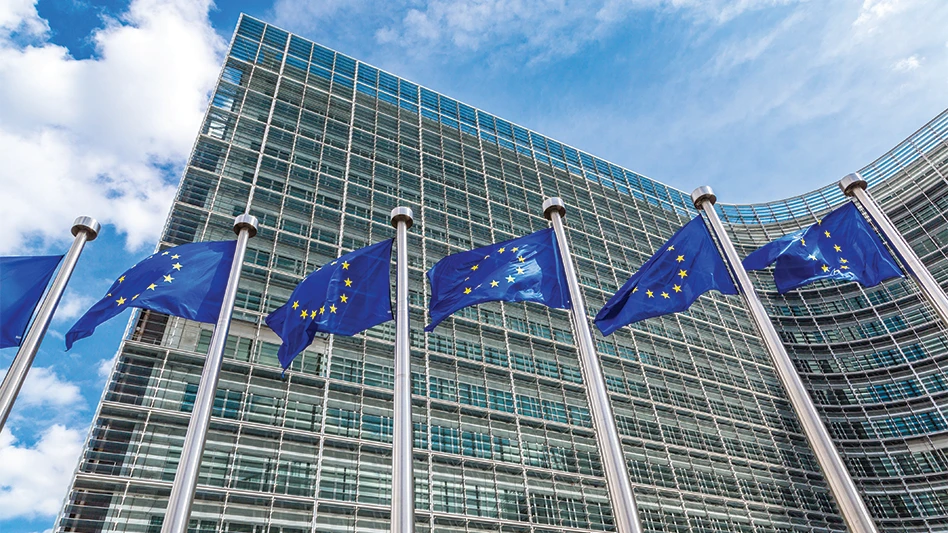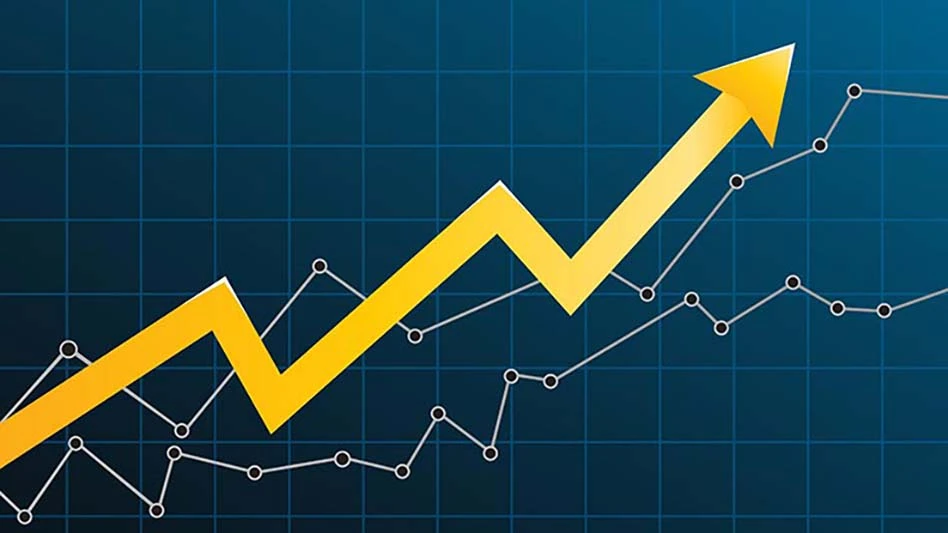A Wild Ride for the Economy
It is mid-September and the U.S. economy is in a tailspin. The last couple of weeks have seen the federal government come to the rescue of Fannie Mae and Freddie Mac, the collapse of Lehman Brothers and the bailout of American International Group (AIG). Stock markets have reached seven-year lows only to waver while deciding whether to rally based on the news that the Bush administration and Congress are working together to develop a plan to take the bad mortgage-related debt off the books of financial institutions in an effort to stabilize the markets. It’s enough to give you whiplash.
How all of these moves will affect commodity markets and the value of the U.S. dollar in the long term remains to be seen. In the short term, there are worries that the U.S. dollar and treasuries could further weaken in light of the burdens the bailouts place on the U.S. Treasury. And, according to the New York Times, the VIX index, also known as the "fear index," a measure of stock market volatility, spiked to its highest level since 2003 Wednesday, Sept. 17.
Recently, the U.S. dollar had been gaining strength relative to other world currencies, only to find itself quickly sliding backward again. Bloomberg reports that the dollar began rallying in June, gaining 10 percent vs. the euro, 2 percent against the yen and nearly 13 percent compared to Brazil’s real.
However, at the end of the third week of September, "The dollar traded near a two-week low against the euro on speculation the combination of spending $700 billion on mortgage securities and $400 billion to guarantee money-market funds may rattle investors’ confidence in the U.S.’s ability to repay debt," Bloomberg reports.
The dollar fell against 14 of the world’s most-traded currencies Sept. 19 in response to Treasury Secretary Henry Paulson’s plan to buy up toxic debt from U.S. banks, according to reports.
While a lower U.S. dollar makes our goods, including our scrap material, more appealing to foreign buyers, the long-term effect relative to the financial crisis is unclear.
Declining global equities markets may also provide a boost for precious metals, particularly gold, platinum and palladium, according to Deutsche Bank, but industrial materials, such as copper, may not fair as well. However, copper saw a gain of 11.05 cents, or 3.6 percent, to $3.18 per pound in New York, following news of the Treasury’s proposed plan, while gold futures fell more than 7 percent Sept. 19, after gaining 15 percent Sept. 17 and 18.
It’s guaranteed to be a wild ride as the U.S. straightens out its economy in the months to come. Who will be left in their seats when the ride coasts to a stop and how secondary commodities will fare remains to be seen.

Explore the October 2008 Issue
Check out more from this issue and find your next story to read.
Latest from Recycling Today
- Hindalco to invest in copper, aluminum business in India
- Recycled steel price crosses $500 per ton threshold
- Smithers report looks at PCR plastic’s near-term prospects
- Plastics association quantifies US-EU trade dispute impacts
- Nucor expects slimmer profits in early 2025
- CP Group announces new senior vice president
- APR publishes Design Guide in French
- AmSty recorded first sales of PolyRenew Styrene in 2024






